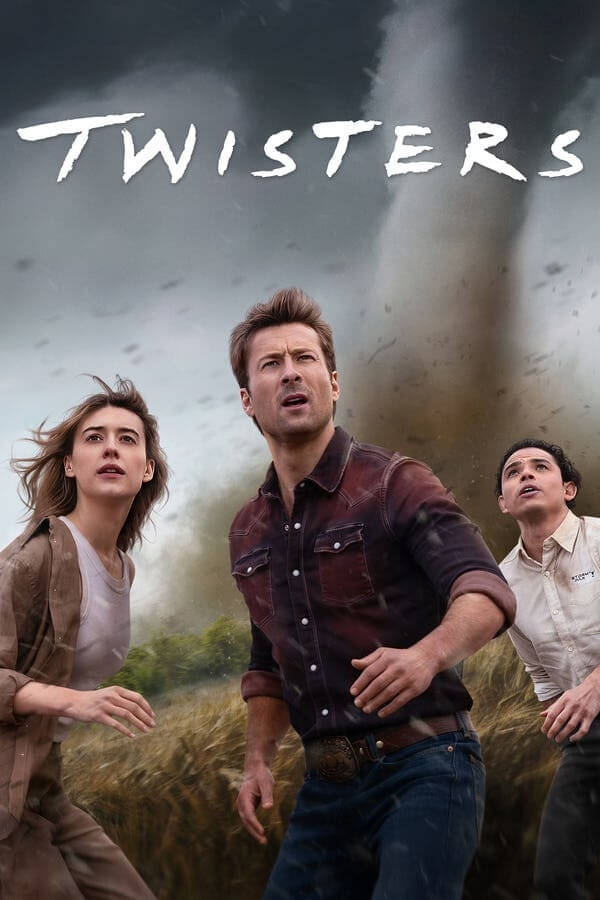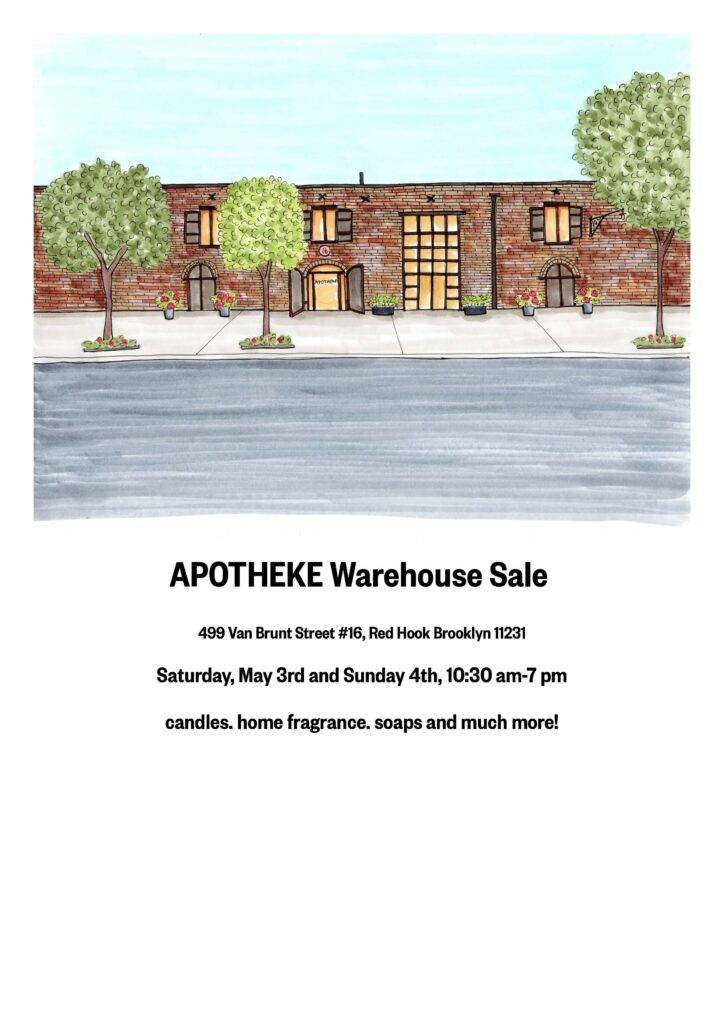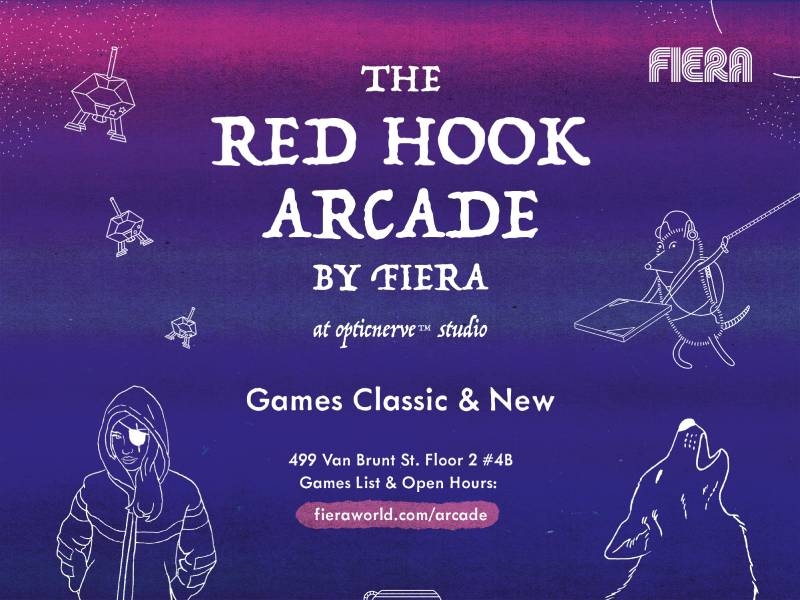Traveling out to Salt Lake City earlier this summer for my sister’s wedding, my family found themselves exhausted, overheated and irritable the Sunday after all the festivities had wrapped up. When it’s one hundred degrees, a simple task such as crossing the street becomes a daunting prospect. Why not go to the movies? Summer time movies have a long and hallowed history. I usually watch Jaws at least once a summer season if only for the sense of pure nostalgia. Summer is usually full of blockbusters with star power and highly packed action, and I have many cherished memories of going to the drive-in as a teenager and watching the fireflies come out around surrounding cornfields while snuggled cozily into a packed car with friends. Although summer usually feels like a mad dash to seize the day, it’s also a nice time to relax and move at a slower pace – treat yourself to two plus hours in a cool dark space.
Although I was tempted by the new rom-com with Scarlett Johanssen and Channing Tatum (sadly the film received very mediocre reviews), my family settled on the more middle of the road option, the follow up but not sequel to the 1996 hit, Twister, aptly titled: Twisters. As many media critics have recently pointed out, we’re done with new material, instead we simply recycle older material and put a fresh spin on it. A film about a scrappy bunch of storm chasers with troubled histories? Let’s make it again in 2024 with a revamped plot. My mom had fond memories of Helen Hunt in the lead role and I recall being impressed with swear words from Bill Paxton such as “shit” and “damn” when watching the movie as a child. We gamely settled in for a two hour film, mostly all relieved to be out of the oppressive heat. What followed isn’t by any stretch of the imagination a “bad” film, but neither would I feel comfortable categorizing the movie as a “good” film. Instead it’s a film that I found speaks to our ever waning attention spans.
The female lead, Daisy Edgar-Jones spends much of the movie staring wide eyed out onto the horizon, steeling herself for the whipping frenzy of wind to come closer, and at times, driving recklessly into the storm. Her cast mate, the up and coming and seemingly everywhere, Glen Powell, is an initially dislikable (yet somehow charming) redneck-ish (he’s clearly benefited from orthodontia) storm chaser who delights in verbal sparring with Edgar-Jones. Needless to say we know where that relationship is headed…(Spoiler: if you do see the film, please let me know how frustrating and puzzling it is that these two never share an actual kiss…) Although buoyed and truly anchored by a strong soundtrack, with catchy tracks from Miranda Lambert “Ain’t in Kansas Anymore” and Leon Bridges’ “Chrome Cowgirl,” the majority of the movie felt like an extended music video to me – flashy montages of shiny trucks racing across the open prairie to the backdrop of a jaunty tune. The high thrill moments come in the form of beefy red truck shooting fireworks up into a tornado. I kept waiting for the real story to begin, or genuine conversations to unfold. Although Edgar-Jones is haunted by a horrifically tragic accident from her earlier years as an ambitious young scientist, we never experience the full scope of her grief discussed in any meaningful conversation. The closest we get is a briefly charged exchange between her and Powell in the family barn, but the moment to unpack or go deeper into her guilt and anguish is so quickly lost, the audience soon forgets and moves on to the next big twister.
If you broke the movie down in dialogue to song ratio, I’m very confident in saying it would end up being 85+% song as opposed to narrative or dialogue. Although I was entertained for the duration of the film despite a sketchy plot (at least from a scientific vantage point) things such as character development felt sorely lacking.
Looking at the style of this film from a broader cultural lens, I think it signifies one of the pressing issues of today: an ever waning attention span. And make no mistake: I’m including myself in this category. The further away we get from pursuits that demand our full attention, the further we get from expecting art to be narrative in form.
To me, a full story means depth, nuance and psychological exploration. To be open to this type of discovery, one has to be fully focused. I find myself on the couch, in the evening, snuggled in with my husband and dogs “watching” TV. This means I’m likely also texting my sister and my best friend. Although I’m watching TV, I’m also “watching” my phone. I don’t need an expert to tell me how bad this is for my brain. Twisters’ short choppy scenes invite the audience to be lazy in their viewing. No real work is done to piece together the puzzles. We can spectate, check our phones, and we won’t have lost the plot or missed a key moment in a character’s transformation. This is not to say Twisters is trying to be something it isn’t – the movie understands its own emotional and narrative limitations, but I do think the bifurcated style signifies a growing trend across media platforms.
In an effort to free myself from my compulsive texting – I’m better then some, worse than many – I’ve taken to a once per week phone cleanse. This of course comes at a cost: no audiobooks, no making plans, no requests to pick up something last minute at the grocery store. But I do find when I wake up and start my day WITHOUT looking at my phone, I hardly miss it. I do also find this lack of attention directly tied to our ever growing lack of literacy – many people do not read whole books anymore. People read their phones, short news articles, X and Tik Tok. Of the one hundred students I taught last year, perhaps three or four actually read books for their own genuine enjoyment. When I say literacy this extends to film as well – another very worthwhile cultural art form. I find our lack of attention is starting to show up in thinly constructed plots. We expect to be entertained but we don’t have the attention span to think critically or independently and we expect the media we consume to mirror this shift in attention.
So what is the remedy? Using our phones less is the answer on some level, but it’s a daily struggle in a world that has forced us to be dependent on our devices: for social lives, work lives, to cook dinner, to look up the weather. I find myself increasingly trapped by technology, without an escape hatch.
Twisters simply works to reveal ourselves reflected back in the mirror of our own disordered brains. Expecting my first baby this October, I find myself inevitably thinking more about my child’s future and how my husband and I can do our best to recreate the technology free childhoods we enjoyed where we watched movies such as Peter Pan or Jurassic Park and did nothing else except for that – just sit, watch, enjoy and absorb the magic of a summer movie, fully and completely absorbed in the narrative moment.










